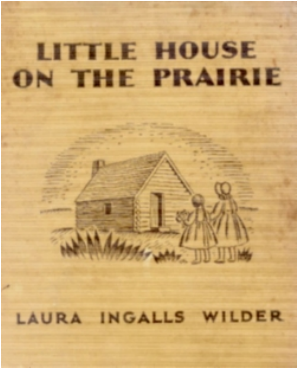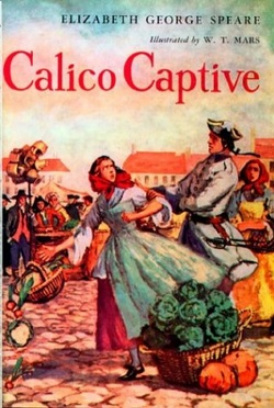Chapter Books
As I grew older and began reading on my own I looked forward to it as a reward at the end of other schoolwork. I would slog my way through math and history and even English grammar finishing as quickly as possible so that I could escape into worlds where I could be anything that I wanted. I hungrily absorbed every idea and thought about people--specifically girls my age--that I could. In his essay "On Three Ways of Writing for Children," C.S. Lewis describes the child who encounters texts of this nature saying "[S]he does not despise the real woods because [s]he has read of enchanted woods: the reading makes all real woods a little enchanted. This is a special kind of longing. The boy reading the school story of the type I have in mind desires success and is unhappy (once the book is over) because he can’t get it: the boy reading the fairy tale desires and is happy in the very fact of desiring. For his mind has not been concentrated on himself, as it often is in the more realistic story." (Lewis 29-30) As I developed as a reader, I viewed literature as the first type of story, the school story. I longed for excitement and bravery and fame above all else and I felt that literature provided me with the opportunity for this. But to view literature merely as an escape or as a means toward some sort of over-the-top bravery is to engage in a form of unrealistic expectations about the world and about our place in it. For this reason, my journey toward literacy was only partially completed as I graduated from high school and moved on toward college.


